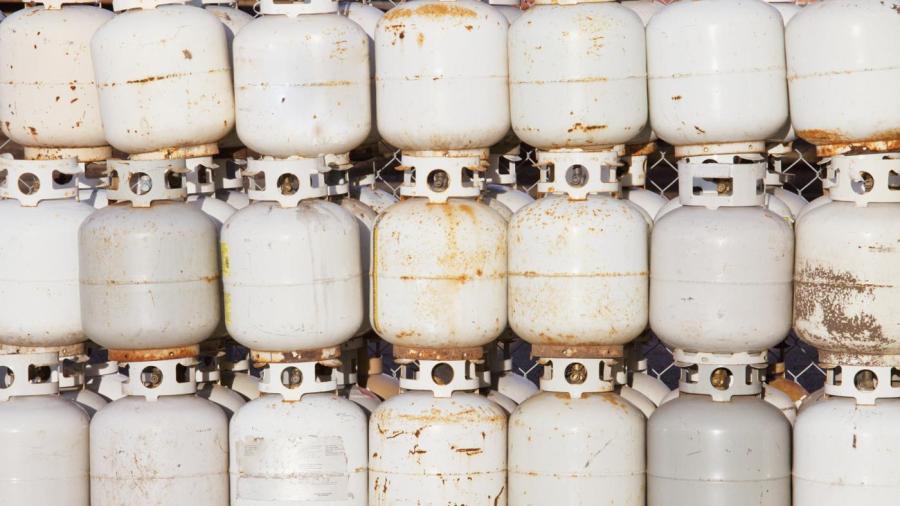What Is the Difference Between Butane and Propane Gas?

The main difference between propane and butane gas is their chemical structure. Although they are both composed of carbon and hydrogen chains, the number of carbons and hydrogens in each differ slightly. Propane, for instance, is composed of a three-carbon chain with eight hydrogens. Butane, on the other hand, has a four-carbon chain with ten hydrogens, which is only one carbon and two hydrogens more than propane.
According to HowStuffWorks, propane and butane are the only two liquefied petroleum gases that have the ability to be stored in liquid form with moderate pressurization. This explains the similarities between their carbon-hydrogen structures. The slight difference between them gives each of the gases unique characteristics. For instance, propane gas has a boiling point of minus 44 F, which means that it vaporizes even at low temperatures. Because of this, propane burns clean and requires only a simple nozzle for vaporization. According to the U.S. Energy Information Administration, propane is most commonly used for residential and commercial heating, cooking fuel and petrochemicals.
Butane, however, has a much higher boiling point of 31 F, which indicates that it does not vaporize nearly as quickly as propane. Due to its higher boiling point, it has fewer uses. Butane is used for petrochemical feedstock and blending with propane and gasoline. It is most commonly used as lighter fuel and in the manufacturing of synthetic rubber for tires.
Both propane and butane are relatively clean burning with properly adjusted burners and an adequate oxygen supply. The by-products of burning these gases are carbon dioxide and water. However, if the oxygen is limited or the burner not adjusted correctly, the flame produces soot, a form of carbon, and carbon monoxide, a deadly yet odorless gas.





